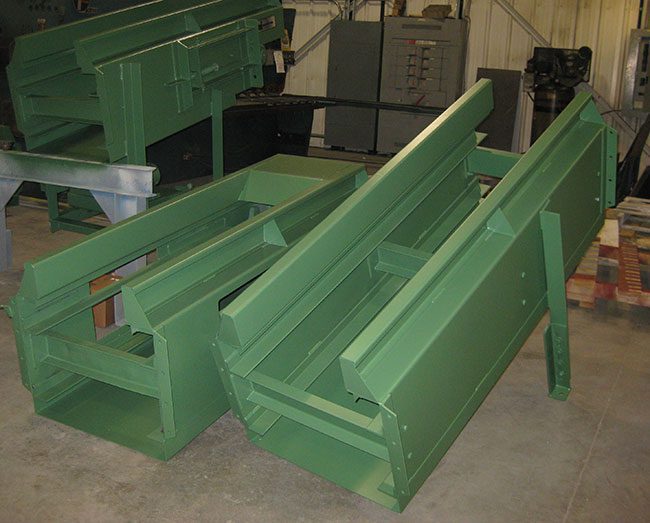The Impact of Carbon Upon Steel

The transformation of steel is possible with carbon. The carbon content of steel changes the properties of steel for different applications. Tensile properties can create anything from bendable aluminum steel to shock-resistant armor plate by using a measured percentile of carbon in steel.
Properties of Steel
Iron is the base metal of steel, but is too soft to be productive. When austenite and ferrite (forms of carbon) are introduced, different formations of steel can be realized. Other alloying elements, such as cementite, can also be used to change the structural value of steel. Further heating and cooling in controlled conditions solidify the material
Production Improvements
Before 1968, The Bessemer process was the basis of commercial steel production. Oxygen was used to burn off impurities such as silicon, manganese, and carbon. In 1968, basic oxygen furnaces were developed to enhance the control and speed of oxygen. Today, over 66% of all world steel making is made by using this process.
Frequently Used Carbon Steels
There are 3 types of carbon steels that are used frequently in different applications. Levels of carbon create the right tensile necessary for fabricating, welding, and determining the structural security for each project.
- Low-carbon steel has the least percentage of carbon per weight .05-.25%. It is primarily used for flat-rolled products, such as wire, tin plates, and automobile body panels.
- Medium-carbon steel increases the carbon content percentage to .30-60%. Add to the mix a manganese presence of .60-1.65% and the tempered condition changes to a more resilient form. Structural steel, such as axles, gears and rails are able to bear increased strength using medium-carbon steel.
- High-carbon steel can range from .60-1.00% with a combined manganese of .30-.90% per weight. Known for optimum combinations of strength, hardness, toughness, and wear resistance, this type of structural steel is reserved for products such as knives, heavy-duty axles, and hard metal rods.
The Importance of Mechanical Properties
There is a certain chemistry that goes into creating structural steel that is known as metallurgy. Through the study and research of oxidation and the addition or removal of elements, it is noted that any increase of carbon above .12% proves insignificant. Mechanical properties are next introduced in further perfecting structural steel to become aligned with atmospheric conditions. Atmospheric corrosion is common in structural steel without the aid of certain mechanical properties. Carbon can form a desired tensile in conventional carbon steels, but greater resistance to the elements is delivered through microalloyed steels.
Heat Treatment in Low-alloy Steels
Regulations may apply to heat treated low-alloy steels, as well as quenched and tempered, normalized and tempered. Alloys, such as steel are used to protect against corrosion and other environmental breakdowns. They also aid in forming a toughness after heat treatment.
- Low-carbon quenched and tempered steels are excellent for forging or castings.
- Medium-carbon ultra high-strength steels work well as billet, bar, rod, sheet, and tubing.
- Bearing steels are used for roller and ball bearing applications and can be either high carbon or low carbon – depending on the application.
- Chromium molybdenum steels are often required in the oil and gas industries due to oxidation and corrosion resistance and high-temperature protection.
The chemical and mechanical properties of structural steel can be adjusted to almost any type of application, but only when carbon is allowed to play a significant role. Depending on the industry and atmospheric requirements of a job, the perfect formula can be made. Take into account the strength, resistance, environmental concerns, and performance standards set forth by regulatory agencies when deciding on how to improve your present situation.
 For more detailed information on basic structural steel and how it can meet the needs of your business in the United States, please contact us at Swanton Welding Company Inc. You can visit us online at SwantonWeld.com or reach us directly at 419.826.4816.
For more detailed information on basic structural steel and how it can meet the needs of your business in the United States, please contact us at Swanton Welding Company Inc. You can visit us online at SwantonWeld.com or reach us directly at 419.826.4816.
